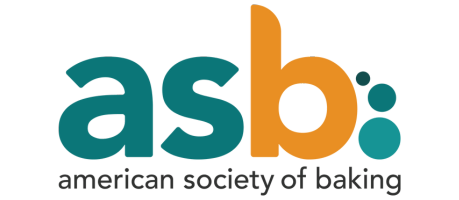BakingTECH 2021: Innovating for a Competitive Future
FebruaryFeb 16 2021 - FebruaryFeb 18 2021 UTC

Event expired
Event is in progress
Location
VirtualDirections
Could not find route!
-
Schedule
-
Guests
-
Attendance
-
Forecast
-
Comments
Weather data is currently not available for this location
Weather Report
Today stec_replace_today_date
stec_replace_current_summary_text
stec_replace_current_temp °stec_replace_current_temp_units
Wind stec_replace_current_wind stec_replace_current_wind_units stec_replace_current_wind_direction
Humidity stec_replace_current_humidity %
Feels like stec_replace_current_feels_like °stec_replace_current_temp_units
Forecast
Date
Weather
Temp
stec_replace_date
stec_replace_icon_divstec_replace_min / stec_replace_max °stec_replace_temp_units
Next 24 Hours
Powered by Forecast.io
E-mail this event
